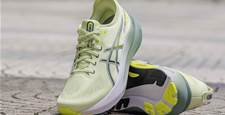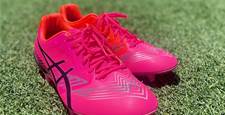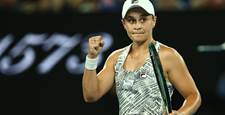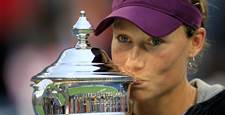Day 2 of the Women in Sport Summit will see a panel discussion featuring Anna Walker, Sport Development Manager for Surfing Australia.
The session will focus on better engagement of women and girls in sport, across these key areas.
- What are the strategies for retaining female participation through the teenage years?
- How far should non-contact versions of a sport go? Can it detract from the main game?
- How do we make individual sports less intimidating for teens?
- Have social sports events had a measurable impact on participation?
In the lead up to the summit, TWG spoke to Anna about Surfing Australia’s approach to participation including the design of products and programs to increase women’s participation in sport and physical activity.
“Sports organisations, including Surfing Australia, can start to adapt their programs and products so that they’re speaking to a female audience in a way that they maybe historically haven’t", Walker highlighted.
“Over 40% of our recreational surfers around the country are women or girls. The very nature of the sport lends itself female participation quite nicely.
“It’s a very family oriented sport. It’s something that women can do in their own time. It ticks a lot of boxes for them, it's not just about the physical activity. It’s also got a really strong element of flow and mindfulness."
From a holistic perspective, Surfing Australia is looking at the values women naturally gravitate towards in their participation experience and capitalising on the fact that surfing is a sport which promotes mindfulness.
“It has a really strong evidence base in helping people recovering from Post Traumatic Stress Disorder and Autistic Spectrum Disorder and so we’re looking at how we can leverage those therapeutic benefits to actually reach out to a much wider audience of women who are time poor and maybe need an activity that ticks more than one box”, Walker said.
Interestingly, one area Surfing Australia is not concerned about in regards to participation is “Code Wars”.
“We’re ok to be someone's second or third choice. We know that our market are actually participating in a variety of other sports as well.
“We’re not necessarily in the market to be competing as everyone’s number one sport, but we do know that when we get them in the door, we’re retaining them for much longer periods of time than potentially some of those more intense codes are able to.”
One of the most interesting aspects of Surfing Australia’s research and approach to participation is in understanding the teenage market and what they want.
“We’re in the early stages but already we’ve noticed a very clear difference between what boys want out of our teenage surfing program and what girls want.
"Understanding what they want and involving them in co-design sessions is a key part of where we’re heading.
“Boys in the prototype program were full of banter dropping in on each other’s waves, scoring each other’s waves and being super competitive.
“The girls were out there encouraging each other, high fiving each other, and creating opportunities for each other to get more waves.
“What we observed in this instance were two completely different experiences", Walker said.
Neither experience is better or worse than the other, but the fact that Surfing Australia understands the markets and is working to build programs that specifically support them, is key.
“Understanding specifically what females want and value, the reasons that they’re out there in the water and designing something accordingly is definitely the way of the future for us."
The Women In Sport Summit runs from 21-23 August in Melbourne.
Related Articles
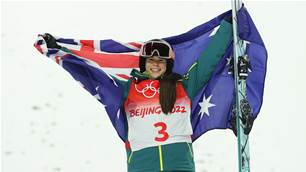
Australia Winter Olympics gold-medal drought ended by Jakara Anthony
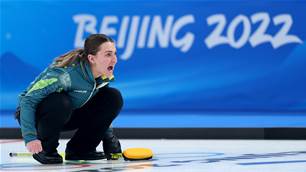
Updated: Australia's Olympic curling pioneers get two wins after 'late reprieve'
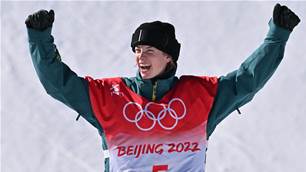
.jpg&h=600&w=850&c=0&s=1)



